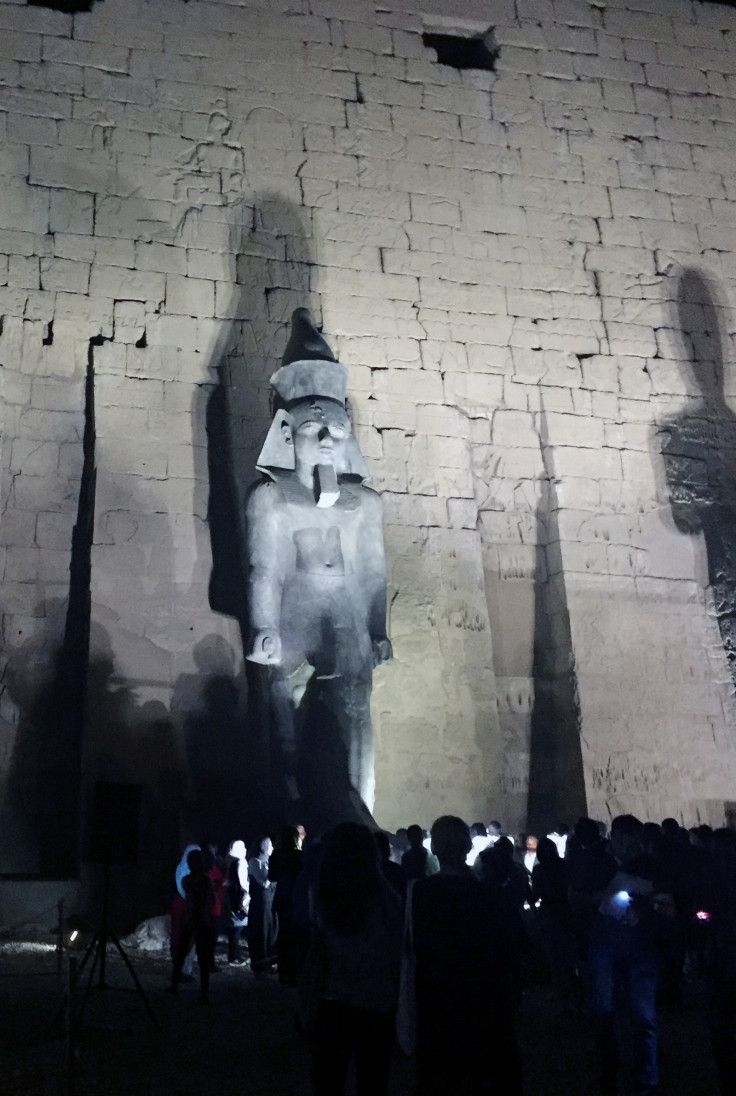Royal workshops of Pharaoh Ramesses II tell story of ancient copper trade
Copper was an important material in ancient Egypt but little was known about its origins.

Pi-Ramesses was once ancient Egypt's richest, most vibrant city. In the 13<sup>th century BC, Pharaoh Ramesses II decided to move his capital there and early in his reign, an impressive number of structures were built – including temples, residences, docks, and military facilities.
Materials such as copper were essential to this construction effort. Scientist Frederik W Rademakers, from UCL Institute of Archaeology (London), told IBTimes UK: "Copper at that time was very widely used in a variety of ways – to build artefacts used in funerary rites and temples for instance. After the initial phase of architectural development in Pi-Ramesses, when the army of Ramses II was stationed in the city, some of the copper might have been used in the covers of military chariots and in weapons."
However, despite copper's cultural and economic significance in Egypt of the late Bronze Age, the origins of the metal used by the Egyptians at the time remain poorly understood.
Now, a team led by Rademakers has carried out research in several bronze production workshops in Pi-Ramesses.
Excavated from 1980 onward, these sites were active during the 13<sup>th century BC and under the close control of the pharaoh.
One of the largest assemblages of bronze production waste currently known from the Late Bronze Age (LBA) in the Mediterranean region was discovered there.
In their paper, now published in the Journal of Archaeological Science, the researchers present their analyses of chemical and lead isotope data from the materials recovered in these workshops – in the hope this will shed light on their origins.
Copper trade around the Mediterranean
The archaeologists analysed 26 copper alloy items for their chemical and lead isotope (LI) composition.
What they discovered was a complex picture of variable copper supply to these royal workshops. The Egyptians appeared to have recycled existing bronzes but also to have used freshly smelted copper from various origins to produce fresh alloys. While the majority of the copper appears to have had a local, Egyptian origin, some of it was produced in Cyprus.
Other research had previously indicated that Cyprus was one of the major production centres of copper in the late Bronze Age.
"We know that the resource was traded around the Mediterranean, from the evidence we have gathered from ancient shipwrecks that have been recovered. One of the questions is how much Egypt was involved in this trade. Here, there are indications of a participation to this trade with evidence of freshly produced copper from Cyprus having been imported – although a part of the material was local," Rademakers said.
However, the archaeologists point out that these findings may not be applicable to other Egyptian workshops. Indeed, the workshops in Pi-Ramesses were royal and interconnected in nature – so they may be an exceptional case within the Egyptian context at the time of the Late Bronze Age copper trade.
Future research will be dedicated to analysing material from earlier time periods, to see whether there is a change in trade patterns and at what time copper started being imported to ancient Egypt.
© Copyright IBTimes 2025. All rights reserved.






















